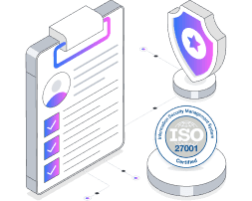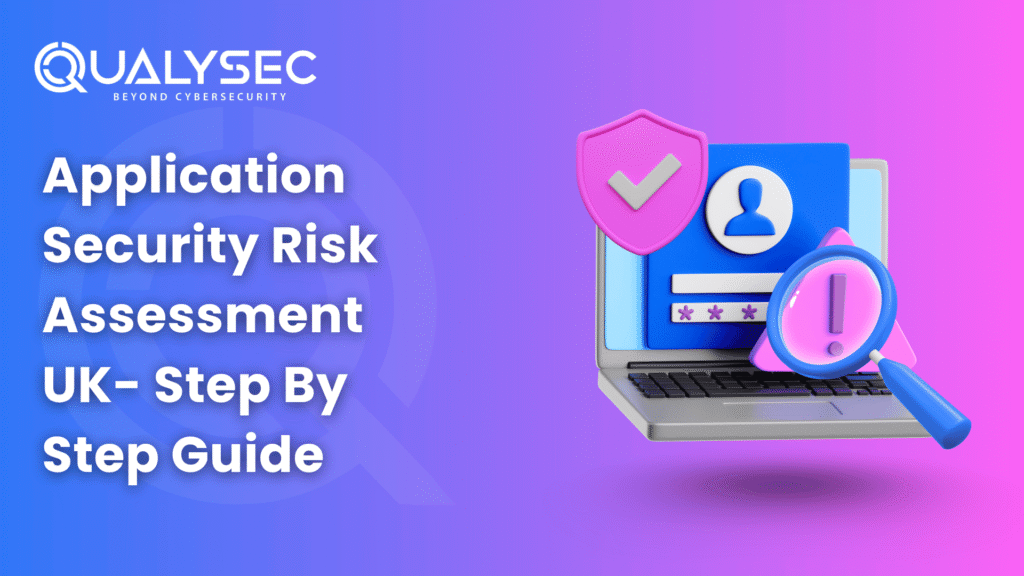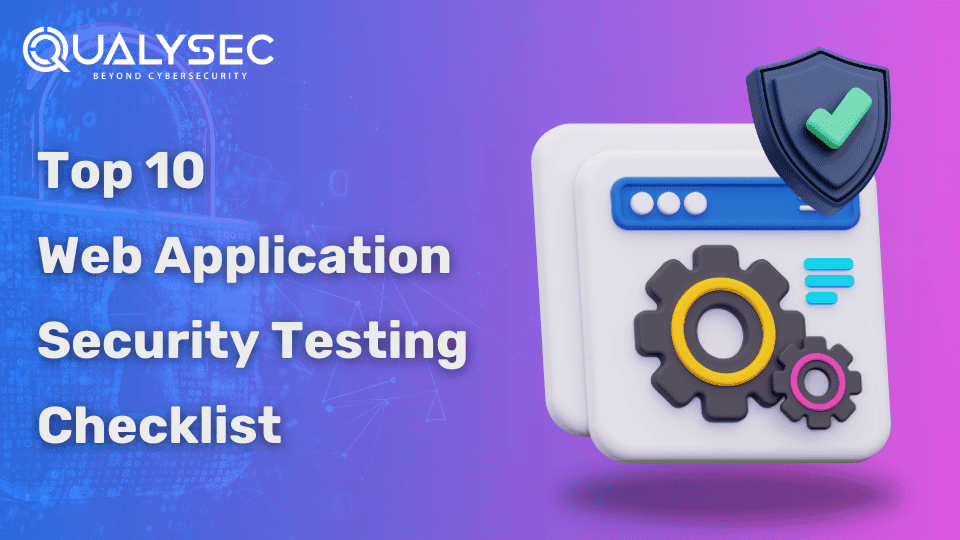Application Security Risk Assessment UK- Step By Step Guide
More than 7.78 million cyber attacks were recorded in the UK in 2025, a huge increase from years before. Most of these cases were caused by application-layer attacks, such as web application vulnerabilities, API misuse, and insecure authentication practices. With UK organizations adopting AI-based systems, cloud-native infrastructure, and third-party integration at an accelerated pace, the attack base keeps expanding, primarily at the application layer. Today’s applications are not just entry points for end users but also for malicious actors attempting to exploit logic vulnerabilities, misconfigurations, and ignored dependencies. From banking platforms and healthcare portals to government services and ecommerce sites, any compromise can result in data theft, compliance breaches, and reputational damage. This makes Application Security Risk Assessment not just a best practice but a business-critical exercise. In this blog, we’ll walk through a step-by-step guide tailored to UK businesses, covering types of assessments, threat modeling, common risks, regulatory alignment including ISO 27001, and expert-recommended tools and frameworks. What is Application Risk Assessment? Application Security Risk Assessment is the systematic procedure of identifying, examining, and ranking the probable security threats of a software application. It allows organizations to know what vulnerabilities are a real business risk and what should be addressed immediately. Automated vulnerability scans used by many companies are just scratching the surface. A good risk based assessment digs further. It analyzes the environment of each vulnerability, its possible effect, and its consistency with the business processes, compliance requirements, and the probability of occurrence of threats. Key Goals of Application Risk Assessment: In contrast to the general penetration testing, application risk assessments are more lifecycle- and holistic-oriented. They not only address the technical vulnerabilities but also evaluate the risk posed by deployment environments, third-party libraries, API integrations, and privilege schemes of users. It is an essential obligation of the organizations that process sensitive information, operate in the controlled fields, such as healthcare, fintech, and government infrastructure, or seek certification, including ISO 27001 or SOC 2. Explore comprehensive Service offering for security testing for a deep dive into application, infrastructure, and API evaluation. Why Application Risk Assessment Matters in the UK The increase in the attack surface has been seen in the UK where businesses are quickly moving to digital-first models and cloud-native security for applications. Application-layer attacks have become a huge percentage of data breaches particularly in areas such as finance, healthcare, legal and e-commerce. Key Drivers Making Risk Assessment Critical: Viewing the application security risk assessment as the proactive and repeatable process, UK organizations will be able to not only protect their systems but also compliance status and relations with the customers. Qualysec’s tailored expertise is backed by experience with the UK’s top application security companies and proven cyber‑security assessment capabilities. Step-by-Step Application Security Risk Assessment Process Application security risk assessments isn’t just about finding flaws, it’s about aligning technical findings with real business risk. Here’s a structured methodology that security engineers and compliance teams can apply across modern applications. 1. Asset Discovery & Application Mapping The process begins with a full enumeration of application components using tools like Burp Suite, Postman, and network scanners. This includes: 2. Threat Modeling & Vulnerability Discovery Threat modeling uses STRIDE or DREAD methodologies to analyze trust boundaries and data flow. Combined with automated scanning (e.g., OWASP ZAP, Nessus) and manual verification, this stage identifies: Experts contextualize each vulnerability using references like the OWASP Top 10 and MITRE ATT&CK for application-layer tactics. 3. Risk Scoring & Prioritization Every discovered issue is scored using CVSS v3.1. Risk is further classified based on: Researchers organize findings into a business-impact matrix to help prioritize what needs fixing now vs. what can be deferred with compensating controls. 4. Remediation Planning & Compliance Mapping The findings feed directly into remediation plans, tailored to developer workflows. Each issue is mapped to industry standards and guidelines, such as: Secure coding recommendations are provided along with Jira-ready tickets to simplify triaging. Use these findings to prepare for Information security risk assessments and stay compliant with ISO‑based frameworks. 5. Retesting & CI/CD Integration Post-remediation, teams carry out both regression and targeted retesting. For DevSecOps environments, they embed security tests into CI/CD workflows using tools like: Automated gates are set for critical findings to ensure vulnerabilities don’t re-enter the codebase unnoticed. Application Security Risk Assessment Checklist Use this structured checklist to evaluate the security posture of your application across multiple dimensions. These checks help ensure secure-by-design principles are enforced before, during, and after deployment. Code Security Authentication & Access Control Data Flow & Storage Third-Party & Open-Source Dependencies Infrastructure & Deployment Tip: Pair this checklist with periodic Application Security Risk Assessments and Compliance Audits to ensure evolving risks are addressed across the application lifecycle. Common Mistakes Businesses Make in Application Risk Assessment While application security assessments are a foundational security activity, missteps in execution often leave gaps attackers can exploit. Below are some lesser-discussed, yet critical errors that businesses especially in highly regulated or fast-scaling environments tend to overlook: 1. Assuming DevSecOps Equals Risk Coverage Many teams integrate security into their CI/CD pipelines but stop short of aligning those checks with actual business risk. Automated tools detect patterns, but they do not weigh context such as financial impact or regulatory exposure. 2. Failing to Classify Application Components by Risk Tier Treating all applications equally results in either over-testing low-risk apps or under-testing critical ones. Risk classification based on data sensitivity, user base, and exposure is a prerequisite for resource-efficient assessments. 3. Neglecting Legacy Code and Shadow Applications Modern cybersecurity risk assessments often skip over legacy modules, internal tools, or applications without active owners. These assets, still connected to core systems, can become entry points if not reassessed regularly. 4. Inadequate Logging and Audit Trails Even if we find and fix vulnerabilities, the absence of logging mechanisms makes it difficult to verify attack attempts or identify patterns. Risk assessment must evaluate whether applications provide enough telemetry to support incident response. 5. Disjointed Collaboration Between Security and Dev Teams Security findings are sometimes





